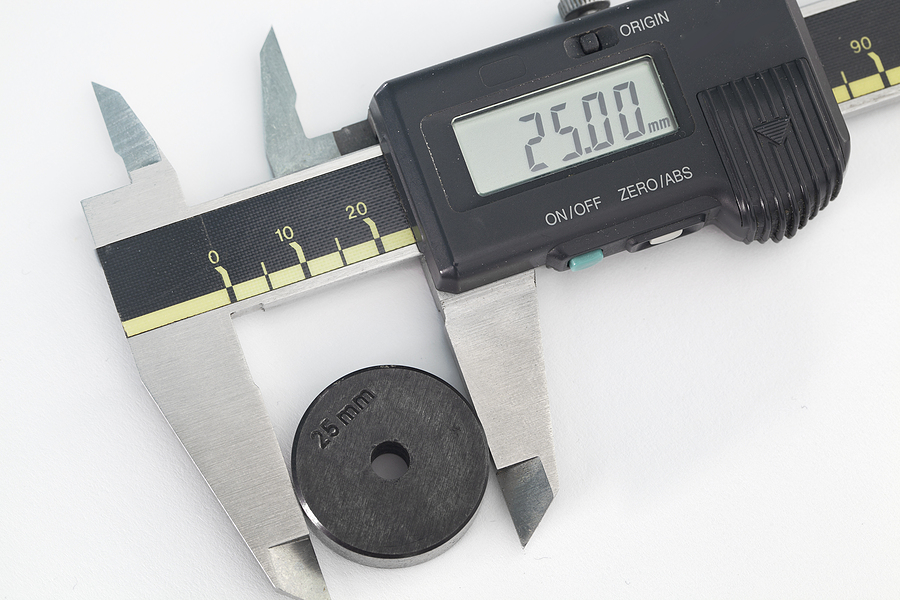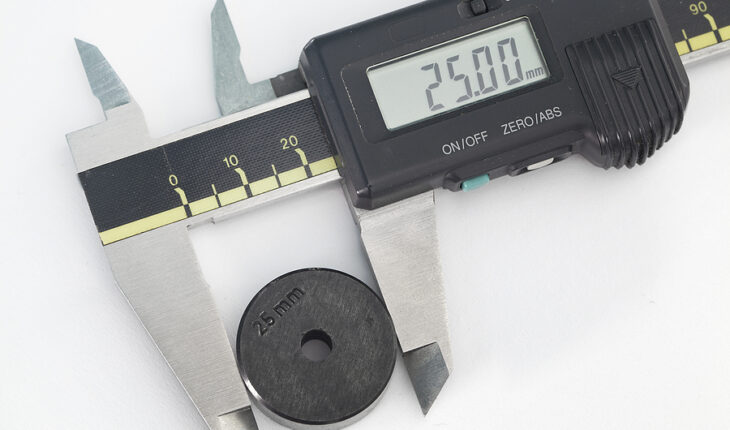
Notable considerations for metrology experts working with 3D printing.
As additive manufacturing continues to gain popularity across industries, its impact is being felt in some unexpected places. While 3D-printed sneaker brands are using additive to challenge established companies, there’s been incredible momentum in traditional industries like aerospace, automotive, and medical. Manufacturers are increasingly leveraging additive to address specific use cases, and to improve performance while cutting costs.
As adoption increases, metrology and quality assurance technologies are starting to play a much larger role. As manufacturers continue applying metrology best practices from traditional manufacturing to additive processes, they’re beginning to break down long-established barriers. This is because advancements in metrology devices and software are enabling greater precision, efficiency, and collaboration, opening doors to an improved product lifecycle.
The question is: What gains can we expect from applying metrology best practices to additive manufacturing? How can manufacturers overcome challenges, democratize access to metrology expertise, and leverage the right technologies to drive their transformations?
Addressing additive manufacturing’s unique challenges
Additive manufacturing often produces parts as unique as the applications they support. One of its greatest strengths lies in creating components that traditional manufacturing techniques can’t – whether it’s ultra-lightweight parts for race cars, or an obsolete component from an older fighter jet.
From lattice structures to intricate shapes and curves, these designs frequently defy conventional measurement methods, providing a clear challenge in the world of metrology. In industries like aerospace, automotive, and medical, where safety and reliability are critical, inaccurate measurements can be catastrophic. For instance, a slight change in the geometry of a jet engine component can disrupt airflow, while imperfections in medical devices could cause issues with blood circulation.
To address these challenges, metrology experts working in additive must go beyond traditional approaches to ensure they are also measuring the geometric dimensioning and tolerancing (GD&T) of the component. With additive comes unique geometry, so it’s not enough to know basic measurements; it’s also about matching intricate specifications around how round or how flat the shape needs to be. In the coming years, we are going to see more GD&T standards implemented globally to help standardize geometric dimensioning within additive manufacturing.
Another metrology-focused solution that is making big waves in addressing additive manufacturing challenges is advanced compensated mesh—a process that uses software to predict and correct material deformation during printing. By creating adjusted design files, this software integrates process simulation and 3D scan compensation to predict any distortions or shrinkage before printing begins. This ensures the final product aligns with its proper geometric needs, reducing reprints, material waste, and production costs.
This digital approach allows manufacturers to identify and resolve issues early, refining processes for both small-batch and larger production runs. Digital twins – virtual replicas of physical products – complement compensated mesh by accounting for geometry, machine constraints, and how materials behave, enabling manufacturers to optimize designs before production even begins.
Tools like heat mapping and tolerance analysis complement compensated mesh by providing precise insights into geometric deviations. For instance, heat mapping highlights problem areas in complex geometries, while tolerance analysis ensures that critical structures remain within specified limits, reducing the risk of failure.
Bridging design and metrology silos
To combat issues around the siloed nature of design teams and metrology specialists, advancements like adaptive measurement templates are helping to close this gap by integrating Product Manufacturing Information (PMI) directly into CAD files. These templates allow seamless data sharing across design, manufacturing, and quality assurance teams, ultimately making it easier to address unique manufacturing challenges such as organic shapes and intricate geometries. Engineers no longer need to be metrology experts – they can rely on these tools to work more effectively across their areas of expertise, democratizing metrology processes and addressing the growing skills gap as retirements occur.
This integration also supports a “shift-left” approach, where quality control moves earlier in the product life cycle. By addressing potential issues during design and prototyping rather than after production begins, manufacturers can reduce time-to-market and improve product reliability.
When applied earlier in the development cycle, advanced “line-of-sight” tools (laser, optical, and tactile scanners) and non-destructive evaluation techniques like Computed Tomography (CT) scanning – which allows users to obtain material and surface geometry information that is not only external but also internal to the part – allow engineers to assess not just dimensions but also structural integrity. Though implementing these updates requires significant operational shifts and may not fully blossom for another decade, the long-term benefits – such as reduced rework, minimized material waste, and improved sustainability – make this evolution invaluable.
The early stages: An AI-driven approach
As artificial intelligence (AI) becomes more integrated into our personal and professional lives, the future of metrology in additive also lies in AI-driven quality assurance and digitized workflows. For instance, digital twins can leverage real-time data and advanced simulations to allow manufacturers to not only detect issues before they occur but prevent them altogether. With AI, this is even starting to go a step further, as the technology can now support simulating how a part will respond under stress, identifying defects like keyholes (small voids caused by heat, uneven materials and more), and suggesting adjustments to the design before anything is printed.
AI can also dramatically enhance precision by tailoring material-specific parameters, such as shrinkage and expansion rates, ensuring performance remains consistent across different materials and applications.For instance, in aerospace, AI is already helping to ensure that components remain structurally sound under extreme conditions.
As this data-driven approach evolves, AI can play an important role in enabling closed-loop inspection processes, where data from the printing process connects directly with the metrology system to adjust parameters in real time. While still in its early stages, as more manufacturers digitize and adopt advanced technologies, these systems will become more common. By integrating these systems with design and manufacturing workflows, manufacturers can make decisions based on data that enhance collaboration and streamline production processes.
Where the future of additive manufacturing goes from here
Looking forward, the future of metrology in additive manufacturing will be defined by its ability to drive collaboration, innovation, and sustainability. By integrating tools like AI-driven simulations, compensated mesh, and adaptive measurement templates, manufacturers will unlock new levels of precision and efficiency, all while reducing waste and creating more accurate, safer products.
As industries embrace these advancements, the time to invest in metrology-driven innovation is now. By using the right tools, manufacturers can use additive techniques to challenge larger, more established players. Improving metrology approaches within additive manufacturing will help companies stay competitive in an evolving landscape – while driving innovation forward.
Roger Wende is a Senior Manager at Hexagon Manufacturing Intelligence





